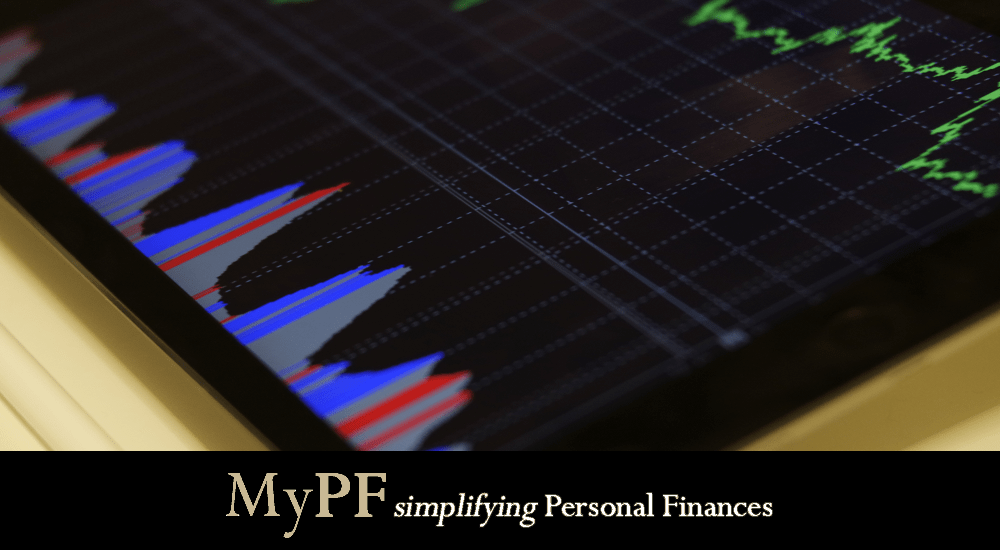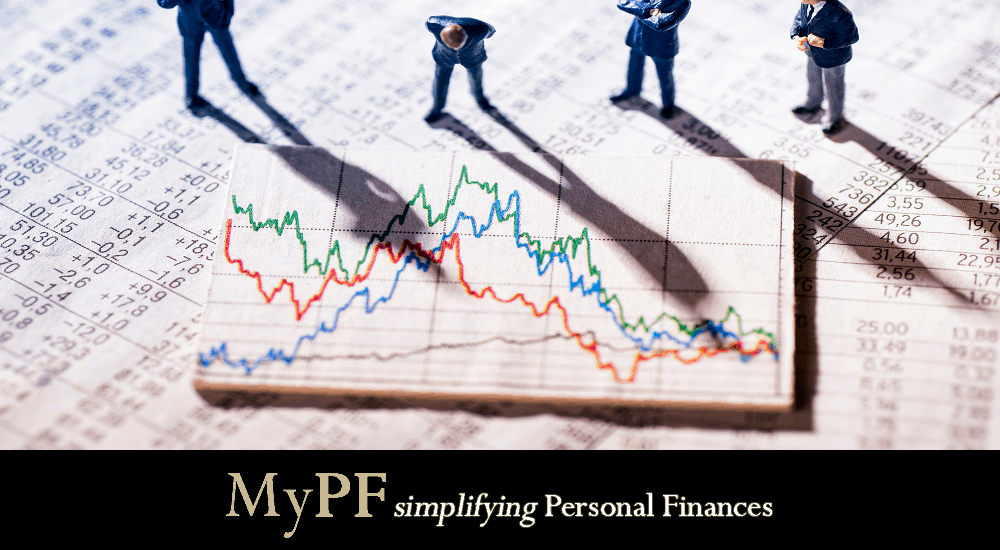An exchange-traded fund (ETF) that uses financial derivatives and debt as leverage to boost the returns of an underlying index is known as a leveraged ETF. A traditional ETF tries to replicate the index’s returns over time; whereas, a leveraged ETF tries to double or treble the index’s daily returns. Leverage can boost profits while also raising losses, making it a risky investment strategy that should only be used by experts.
Leveraged ETFs differ from ordinary ETFs in that they seek to multiply the daily returns of a benchmark index by two or three times, rather than simply matching the index’s performance. Leveraged ETFs acquire derivatives like futures and options contracts using borrowed money to boost profits.
There are less dangerous ways to access leverage profits for other investors, with leveraged exchange-traded funds being one of the finest (ETFs). There are benefits and drawbacks to using leverage.
Leverage can increase returns while also magnifying losses, making it a dangerous financial decision.
Other methods of capturing leverage exist that do not carry the same level of risk as traditional borrowing methods, thus focusing more on better risk management.
Investors can use exchange-traded funds (ETFs) designed to deliver two or three times the yields of the underlying investments to optimize returns and increase exposure to various segments of the market.
Contents
What Are Leveraged ETFs?
A leveraged exchange-traded fund (ETF) is a commercial product that uses financial derivatives and loans to boost the returns of an underlying index. A leveraged exchange-traded fund may aim for a 2:1 or 3:1 leverage ratio, whereas a regular exchange-traded fund typically tracks the underlying index’s shares one-to-one.
A leveraged ETF tracking the KLSE would use financial products and loans to magnify each 1% increase in the KLSE to a 2% or 3% increase.
The level of leverage employed in the ETF determines the size of the gain. Leveraging is an investment strategy in which borrowed funds are used to purchase options and futures to amplify the impact of price changes.
On the other hand, Leverage might work in the opposite direction, resulting in investment losses. If the underlying index falls by 1%, the loss is multiplied by the leverage. Leverage is a two-edged sword in that it can result in enormous advantages while also resulting in significant losses.
Investors should be aware of the dangers associated with leveraged ETFs, which are significantly greater than those associated with regular investments.
How Do Leveraged ETFs Work?
Debt and swaps are used by leveraged ETFs to try to achieve their stated price movement. Leveraged ETFs’ transaction costs and management fees rise as a result of this borrowing.
Expense ratios for leveraged ETFs are typically much higher than for “regular” ETFs. Even so, leveraged ETFs are usually a less expensive way to use leverage than margin, which is a collateralized loan from your investing broker.
Investors can also keep their leverage ratio steady and avoid margin calls by using leveraged ETFs.
Day traders who want to profit from momentum or earnings releases use leveraged ETFs. Inverse leveraged ETFs (-2x and -3x) are also available, allowing traders to profit from bad markets by taking a short position.
Because of their intricate construction, which includes swaps, debt, and daily rebalancing, leveraged ETFs are likely only suitable for experienced investors with a high-risk tolerance.
Also, because leveraged ETFs are rebalanced daily, they only give the stated percentage return relative to the underlying index daily, not necessarily over time. As a result, the index’s volatility can eat away at gains, a phenomenon known as volatility decay or beta slippage.
The boogeyman of volatility decay is frequently used by financial bloggers and commentators as the reason why leveraged ETFs are inappropriate for long-term investing.
While it’s critical to comprehend the dangers of leverage and the nature of the ominous-sounding “volatility decay,” this inherent compounding also operates in the other direction. Volatility decay works to your advantage if the underlying index continues to rise with reasonable momentum.
Should You Invest In Leveraged ETFs?
Leveraged ETFs should be considered by a select group of investors. This is not an investment for novice investors, and many experienced investors avoid it as well. The following are characteristics of an investor who would be interested in using leveraged ETFs as an investment vehicle:
#1. An Extremely Healthy Appetite For Risk
If you take nothing else away from this post, remember that leveraged ETFs are among the riskiest investments you can make. Because of the short-term nature of these investments and the possibility of compounded losses, the investor who sees leveraged ETFs as an opportunity is willing to take on this risk.
#2. The Desire to Make Short-Term Investments
Active investment is another phrase for short-term investing. Most investors prefer to buy stock and hold it for a long time, with quarterly updates on their assets’ performance. You wouldn’t want to keep leveraged ETFs for a long time. As a result, this form of investment necessitates frequent monitoring.
#3. The Experience To Know When To Hold ’Em And When To Fold ’Em
Human beings are emotional creatures, and investing is an emotional process. It takes practice to be able to set emotions aside and make the right decisions at the right moment. When prices are rising, an investor with adequate experience to trade leveraged ETFs shouldn’t let greed or fear of loss get in the way, nor should fear of loss cause you to increase your losses when prices are falling. To be effective in trading leveraged ETFs, you must have exceptional discipline.
Furthermore, those who invest in leveraged ETFs rarely use them as the entirety of their portfolio. The objective behind these investments is to allocate a small number of your investment assets to a high-risk/high-reward strategy to increase your overall earnings. Even if you’re willing to accept losses, have the time to play the short-term investing game, and have the experience to put your emotions aside and make sensible trades, putting more than 10% of your overall investing power into high-risk investments like leveraged ETFs is never a good choice.
Pros And Cons Of Leveraged ETFs
Pro
- Leveraged ETFs can assist traders to earn outsized returns and safeguard against future losses by amplifying daily returns.
- Leveraged ETF shares are traded like stocks on the open market.
- Investing in a leveraged exchange-traded fund (ETF) might provide you with indirect exposure to derivatives contracts.
- With low tracking mistakes, leveraged ETFs mimic the daily returns of an index or asset.
Cons
- The exaggerated daily returns of a leveraged ETF can result in large losses in a short period, and a leveraged ETF can lose much or all of its value.
- Because some leveraged ETFs aren’t widely traded, your ability to acquire or sell shares in a leveraged fund can be limited.
- Leveraged ETFs are less likely to accurately track the underlying index or asset because they use derivatives to improve returns.
- Leveraged ETFs do not precisely reflect the daily returns of the index or asset they monitor over time.
Conclusion
In short, leveraged ETFs can work very effectively for investors who know what they are doing or have some form of experience. What’s more, the potential for large losses makes this investing option one that is not for the risk-averse. Be sure to seek guidance before embarking on any promising yet potentially devastating trading tactics.
What mistakes have you done in the past concerning the use of credit cards? Let us know in the comments down below.









Leave A Comment